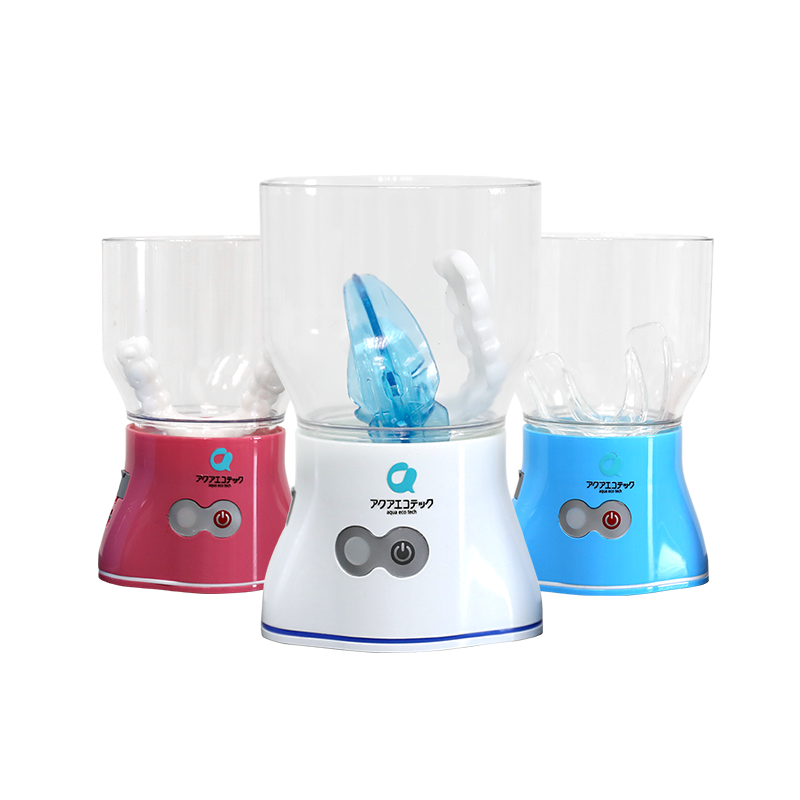އީމެއިލް ހުސް ނުކުރެވޭނެ
ޕާސްވޯޑް ހުސް ނުކުރެވޭނެ
އީމެއިލް ފޯމެޓް ގޯސްވެއްޖެއެވެ
އީމެއިލް ހުސް ނުކުރެވޭނެ
އީމެއިލް މިހާރުވެސް އެބައޮތެވެ
6-20 އަކުރު(އަކުރު ޕްލަސް ނަންބަރުތަކަށް އެކަނި)
ޕާސްވޯޑް އެއްގޮތް ނުވާތީއެވެ
އީމެއިލް ފޯމެޓް ގޯސްވެއްޖެއެވެ
އީމެއިލް ހުސް ނުކުރެވޭނެ
އީމެއިލް އެއް ނެތެވެ
6-20 އަކުރު(އަކުރު ޕްލަސް ނަންބަރުތަކަށް އެކަނި)
ޕާސްވޯޑް އެއްގޮތް ނުވާތީއެވެ


Exploration of Customized Commercial Ozone Machines
In the ever-evolving landscape of commercial spaces, the quest for superior air quality has become a priority. One technological advancement making waves in this arena is the utilization of customized commercial ozone machines. In this detailed exposition, we will navigate through the intricate dynamics of ozone technology, its impact on microbial control, and the imperative safety considerations. Tailored specifically for our esteemed business partners, this exploration aims to provide a comprehensive understanding of the nuanced intersection between cutting-edge technology and safety protocols.
Customized Commercial Ozone Machines: Guardians of Microbial Control
At the forefront of this technological revolution are customized commercial ozone machines, designed to be adaptable to the unique needs of diverse commercial environments. Ozone, a naturally occurring gas composed of three oxygen atoms, serves as a formidable ally in the battle against harmful microorganisms. The customized features of these machines ensure a targeted and efficient approach to microbial control, creating an environment that is not only visibly clean but microbiologically pristine.
Safety: A Paramount Concern
In the pursuit of a sanitized environment, safety considerations must be at the forefront of any strategy involving ozone technology. Business partners must be vigilant in addressing the following safety concerns:
Occupancy Management Strategies
Devising meticulous schedules for ozone treatment sessions to coincide with periods of vacancy.
Implementing visible signage and communication channels to alert individuals about scheduled ozone treatments.
Continuous Ozone Level Monitoring
Installation of state-of-the-art ozone level monitoring systems to prevent concentrations from exceeding established safety thresholds.
Regular checks and calibrations to ensure the accuracy of monitoring equipment.
Optimal Ventilation Protocols
Instituting thorough ventilation processes post-treatment to facilitate the dispersion of residual ozone.
Incorporating advanced ventilation systems to expedite the breakdown of ozone molecules.

Personal Protective Equipment (PPE)
Providing and promoting the use of appropriate PPE, such as masks and gloves, for personnel involved in the operation and maintenance of ozone machines.
Ensuring that all individuals in the vicinity of the treatment area are equipped with the necessary safety gear.
Navigating Potential Health Impacts: A Delicate Balancing Act
While the benefits of ozone in microbial control are substantial, acknowledging its potential impact on human health is a critical component of responsible deployment:
Respiratory Sensitivity Awareness
Educating individuals about the potential for respiratory irritation, especially during prolonged exposure to elevated ozone levels.
Tailoring treatment schedules to minimize potential exposure for sensitive individuals, including those with respiratory conditions.
Mitigating Eye and Skin Sensitivity
Communicating the possibility of eye and skin sensitivity with ozone exposure.
Encouraging the use of protective measures such as goggles and long sleeves to mitigate these effects.
Striking a Harmonious Balance
Emphasizing the delicate equilibrium between achieving effective microbial control and ensuring a safe environment for all occupants.
Encouraging ongoing dialogue and feedback mechanisms to continuously refine safety protocols.
In summation, the integration of customized commercial ozone machines into the realm of microbial control demands a holistic approach. By meticulously addressing safety concerns, implementing advanced monitoring systems, and fostering awareness about potential health impacts, business partners can embark on a journey towards cleaner, safer, and healthier commercial environments. This strategic synergy between cutting-edge technology and safety consciousness is poised to redefine the standards of excellence in commercial space management.


